The thing that is both the beauty and danger of coral atolls is, well the coral. The inside of the coral rings are speckled by countless ‘bommies’ of coral rising up from the bottom to sit just under the water’s surface. If the light hits the water at the wrong angle, such ‘bommies’ are completely hidden and very easy to run into – thus a sharp lookout must always be held, no matter how good or up to date your charts are (or claim to be).
Actually getting into an atoll can also be quite tricky. Atolls very often have only one or two small passages through the coral into the lagoon, used by boats to enter and leave. This means that the vast amount of water inside the huge coral ring also only has those one or two passages to enter or leave by, resulting in powerful tidal currents up to more than 8 knots strong. The fastest Shang Du‘s engine can take us is 5 knots… So we tried never, ever to be against the current. However, even going along with the current has its do’s and don’ts; it took us a few trials and errors to figure those out and, eh… just don’t go repeating some of these things, okay?
When we entered the Raroia atoll (our first atoll) everything went smoothly and we anchored safely. We were all excited to do our first drift dive through the passage since these dives are said to be quite spectacular. This is because the coral outside the passage is more abundant and vivid than the coral inside the atoll.
We especially got up at 5 a.m. to get ourselves and our gear ready for the next turn of the tide. We choose the turn of the tide because that is when there is no or just weak current. The idea was that we would descend outside the atoll and drift dive slowly through the passage into the lagoon while someone holds onto the dingy rope. Then we would all get back on board our dinghy and go home. It worked a little differently in the end, though.
First of all, we made the mistake of going down in the middle of the passage mouth and not more to the side where any current would be weaker and also of having only our Dad hold onto the dinghy rope. It was a rather tense 26 minutes under the water, half of which I didn’t quite understand what was happening. As we were descending to the bottom of the passage we were in awe of the many new, bright and enchanting fish and coral that greeted our eyes. We started our usual diving routine of more-or-less sticking with the other divers while basically doing our own thing. However, the water at the surface, where Handy Andy (our dinghy) was, was flowing faster than the current where we were. The result was that my Dad got pulled along a lot faster than the rest of us because he was holding onto Andy‘s rope. By the time we all fully realized this fact, my Dad had already been dragged practically out of sight. Marike managed to join him and I was well on my way, swimming as hard as I could, when I looked back and realized the others were not managing to catch up. I was at a loss as what to do, not wishing to leave the others behind, but not knowing how to help them catch up. Luckily Marike then swam back from Andy to where I was and held onto some dead coral, signalling for me to do the same. My Dad disappeared behind the curtains of water and the other 3 family members slowly joined us and clung to the coral. When we were all together we held hands each other and ascended . At the surface things didn’t seem quite so scary or confusing and we spotted Handy Andy not far away and easily reached it, just as my Dad got on.
Needless to say, that wasn’t an adventure we wished to repeat. The next time we did a passage dive (and every time after that), we dropped at a point to the side of the passage so that we actually needed to swim a nice little while before entering the passage and the current. We also had an extra-long rope attached to the dinghy and we all held onto it; it made going through the passage quite fun, because once you were in the current it was a rocket ride to the other side, with only a split second to admire (bewonder) any coral or fish that might catch your eye.
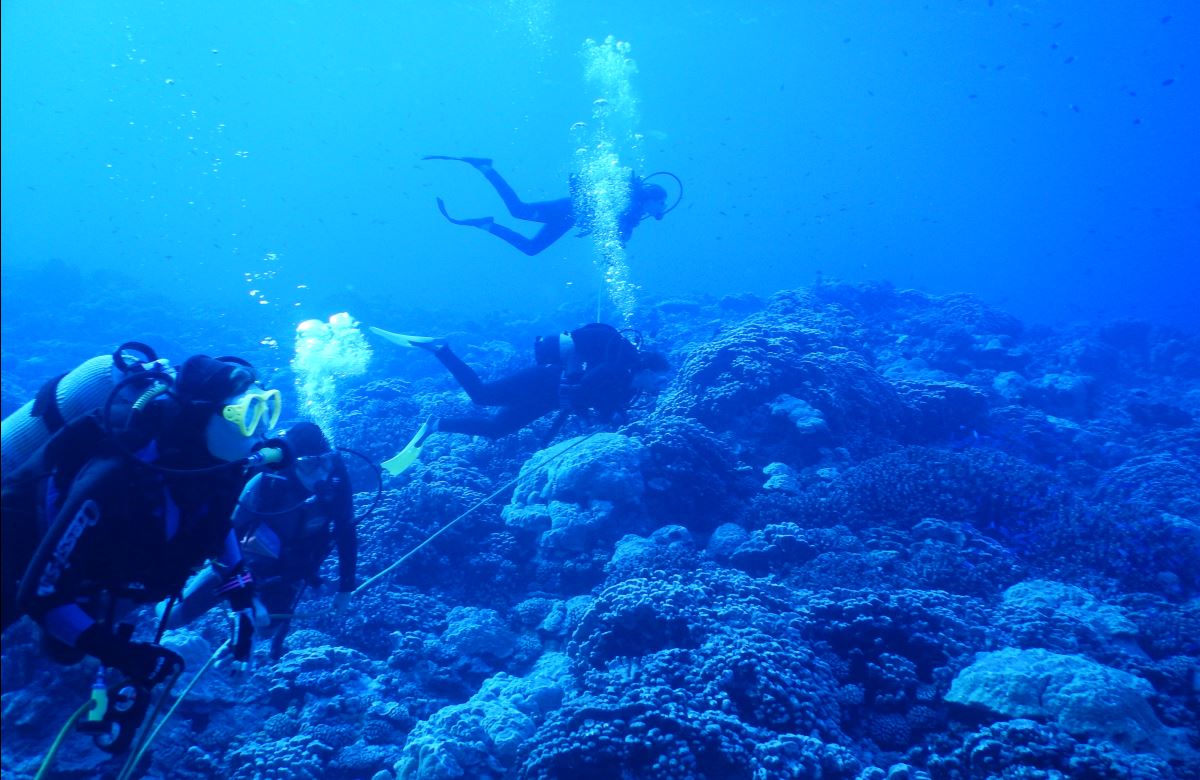
Correct way to do a drift dive. Divers’ identies from left to right:Franci (me), Sophis, my Mom and then Marike 🙂
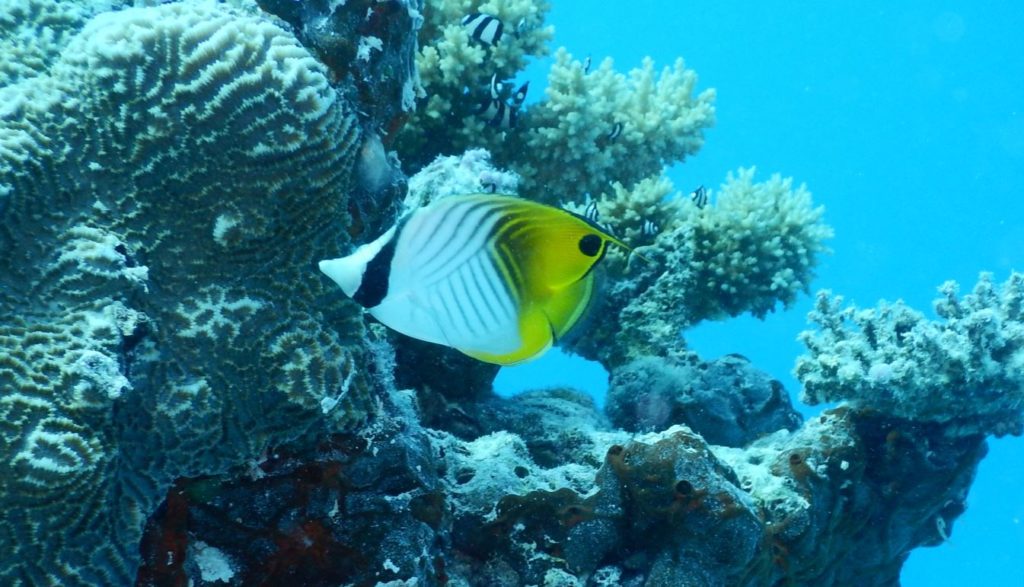
Threadfin Butterglyfish (forefront) + Humbug Dascyllus (the black and white fishes hiding in the coral at the back)
The next adventure we had that involved corals and the passage currents was when our engine refused to start as we tried leaving Raroia. After my Dad tried everything he could to get the engine going, we had to make a choice: We could either stay at Raroia for the night and try to work on the engine again the next day, or we could try to sail out of the atoll and onto the next one, Makemo. It has a bigger village and therefore hopefully also a mechanic. The problems with the second option were that we would have to pull up our anchor under sail, and since we were anchored all the way at the other side of the atoll from the passage, we would have to cross the whole lagoon with all its hidden bommies. We had a nice dotted line on our GPS Chartplotter showing where we had safely crossed before, so we just stayed on that to avoid the bommies. But with the restriction in manoeuvrability it was still stressful.
It was already latish when we decided to make the decision to sail and as we sailed across the atoll, the wind, which never had much will to begin with, slowly sank lower and lower so that in the end it took us 2+ hours to travel just over 5 miles. As we got closer to the passage the little land there was, managed to systematically cut off more and more of this precious resource. When we had almost entered the current, it started sucking us in and the wind left us completely. Do you know what white water rafting looks like? Well, being spit out of the atoll by the current felt something like that. We had no wind, so we had no way (i.e. forward momentum), and no way equals no steering. Also, when the currents are strongest, quite enormous standing waves can form, like those in a river, and we flowed over these pretty much like any floating object without steering would. First sideways over this standing wave, then a 180 degree turn to go sideways over that wave. . . It couldn’t have been more than 3 minutes, but the white foam all around us and the roaring were quite frightening, so I just ducked down the hatch and hid inside the boat till it was over. Waves are one of the things that actually really scare me.
Once we had been carried outside the atoll the breeze found us again. There was a scary moment where it looked like an eddy in the current was pulling us back toward the coral island so as to strand us, but the sails were quickly raised and a few moments later we had enough way to completely escape the current’s grasp and sail away. We were very relieved and thankful for God’s protection and provision.
By that time the sun was under with only a few of its rays lingering, so we all settled into our usual night-watch routine for the night.
The next day we reached Makemo at around nine. This time we had a proper battle plan for tackling the passage without our engine. The sea wasn’t rough and it looked like the current wasn’t strong because there were no standing waves. We had Handy Andy tide to the side of Shang Du so that it could provide push and way, but still let Shang Du be in control of the steering. We also had our forward jib up (it’s a sail that we can control from the cockpit). We were coming at the passage entrance from an angle and had to turn to enter. I’m not entirely sure why – maybe it had to do with the land distorting the wind again – but once we had turned to enter the passage the wind came from a different angle than we had expected. The jib, instead of helping us, backed (i.e got blown in the opposite direction it was supposed to) and actually killed all of Shang Du’s ‘way’ and then started pulling us toward the side of the passage where we could see the crystal clear sea breaking over beautiful coral. Not a fun moment.
Then came a problem we hadn’t thought of. As long as Shang Du had enough way she could steer a straight course, even though the dinghy at her side was pushing her sideways. With no ‘way’, the dinghy pushing at her side meant she could only turn sideways until enough momentum had been built up. There were only a few moments between almost being stranded on coral, quickly rolling in the sail, and discovering this problem. While we were still in the passage mouth we tried to turn Shang Du around so that we could get away from the passage to catch our breath before trying to enter again.
However, God, in His sovereignty, determined otherwise. We arrived as the current was flowing into the atoll surprisingly strong. It completely ignored both Handy Andy’s best efforts and the tense commotion on board, and quietly but surely pulled us through the rather long passage – backwards.
My Dad, Mom and Marike were quite tensed up and were trying all sorts of ways to get the boat to start going forward again. We couldn’t turn the boat around, because there wasn’t enough room in the passage for any such manoeuvring. I know we were all praying and also that God kept me peaceful. I was watching the metre+ gap between Shang Du and the reef we were gliding besides with interest; we weren’t being pushed onto the reef, but we might scrape along it for a while. I was also keeping an eye on the last channel marker, trying to think of the best way to shove buoys between us and it. We didn’t need to in the end, but only just.
The water was so pristinely clear. It and the reef seemed calmly unaware of the tense commotion of the boat beside it. Little Black-Tip Reef Sharks were gliding peacefully over the top of the reef, the water so shallow that the tops of their dorsal fins stuck above the water like little flags.
We drifted safely into the lagoon and then my Dad could finally calm down again. Here there was enough manoeuvring space, and we used Handy Andy power to pull us to a safe anchor spot next to the village.
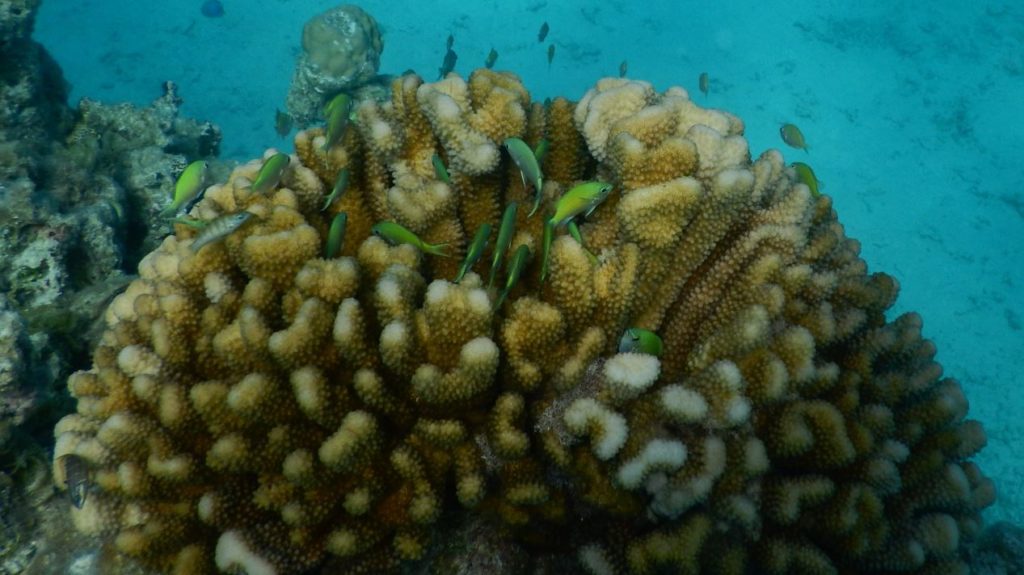
Black-axil Chromis hiding in the coral. If you watch long enough it looks like the coral systematically and smoothly breathes out the fishies, and then breathes them back in ; D
God was so gracious to us through this whole episode. Not least with providing a mechanic for our engine. Our parents went to shore soon after we anchored and almost immediately came back with a mechanic. They’d gone to shore, met a very friendly French sailing couple who gave them the name of a guy who could help. With the Frenchman interpreting, my Dad asked for help and the guy and his assistant came immediately, despite the fact that it was Friday.
They worked right through the weekend till our engine was fixed. It was quite funny how things worked, because each new piece of information or problem was discussed in four languages: In Polynesian Maori between Abel and Tamatoa (mechanic and helper), then told in French to the other yachty, then he would translate it into English, and then we would discuss it in Afrikaans ; D.
When the engine failed to start in Raroia we had thought we recognised the symptoms of having salt water in our engine (it syphons back through the sea water outlet and then floods the engine). When the mechanic came, our fears were confirmed. In this too, God greatly provided for us. If we had sailed to a larger island where we would be sure to find a mechanic, like Tahiti, it would have taken longer and our engine would have been all rusted up and unusable and unfixable by then.

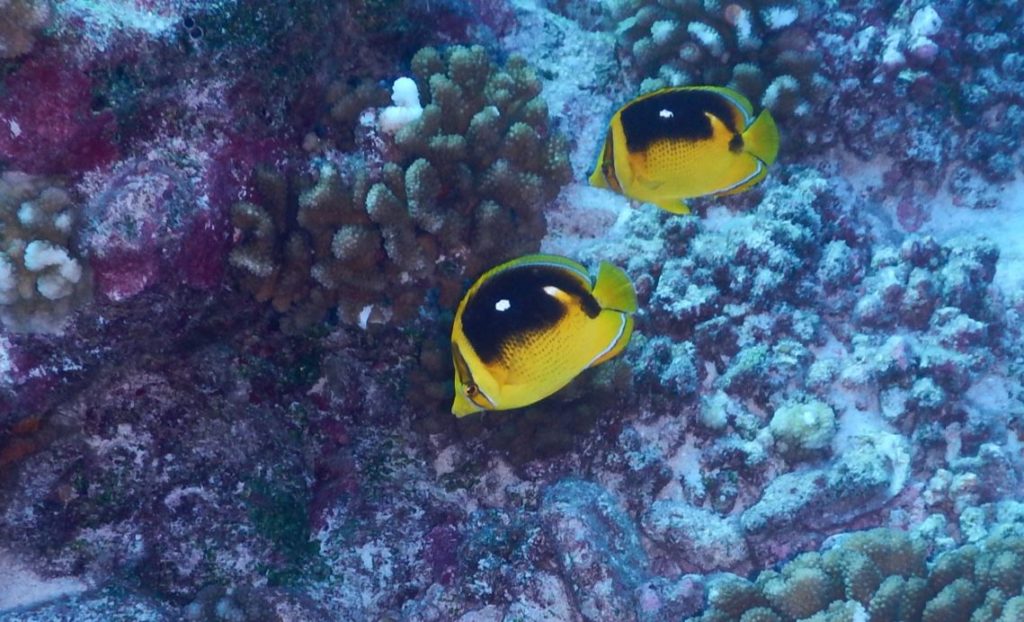
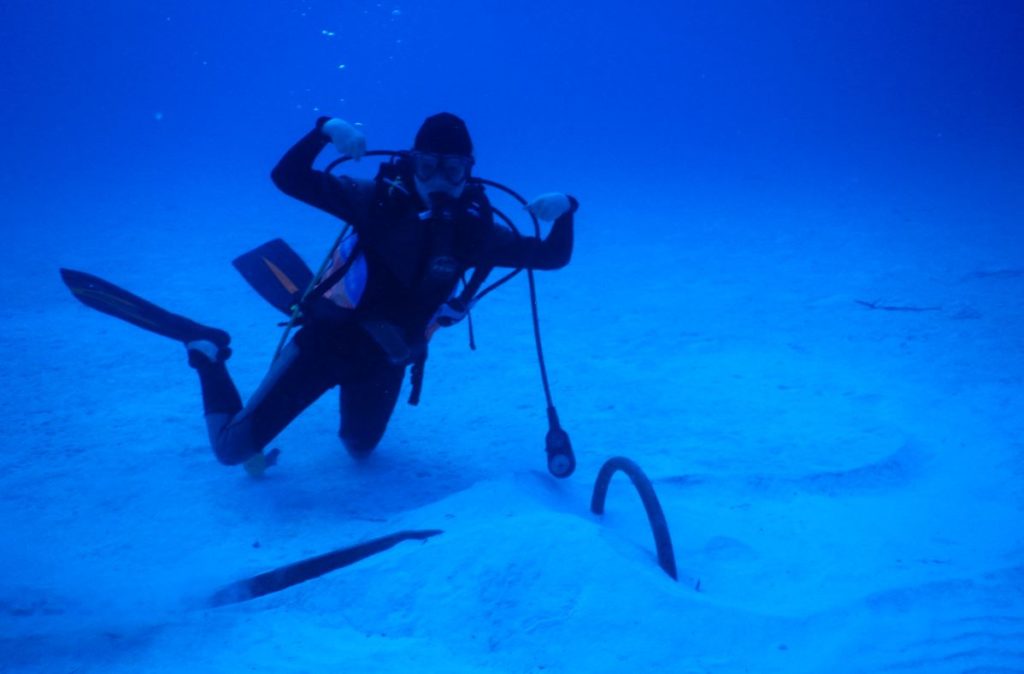
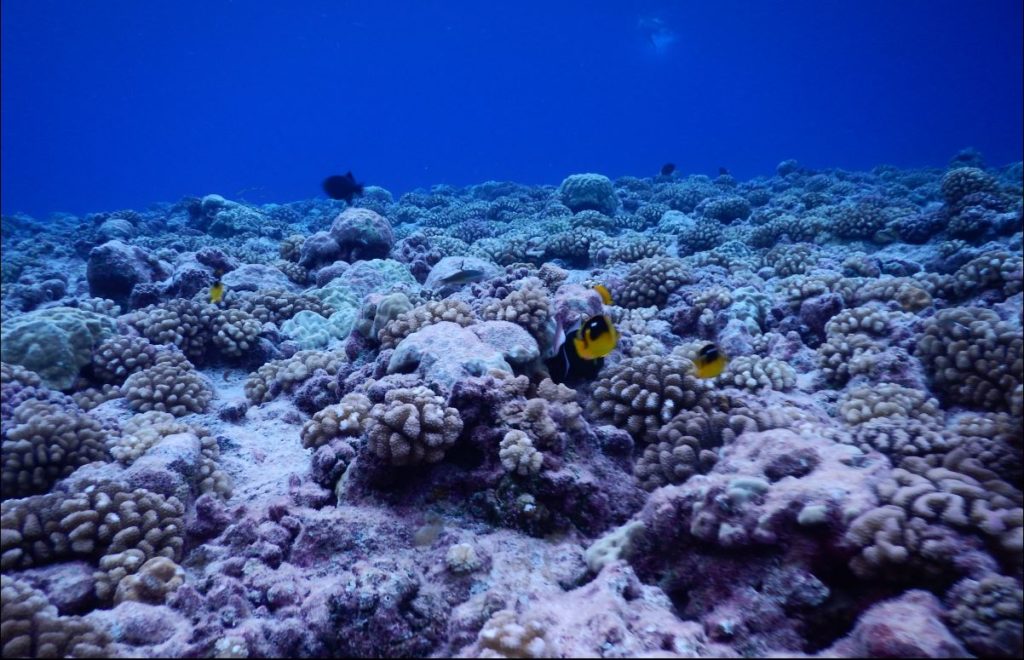
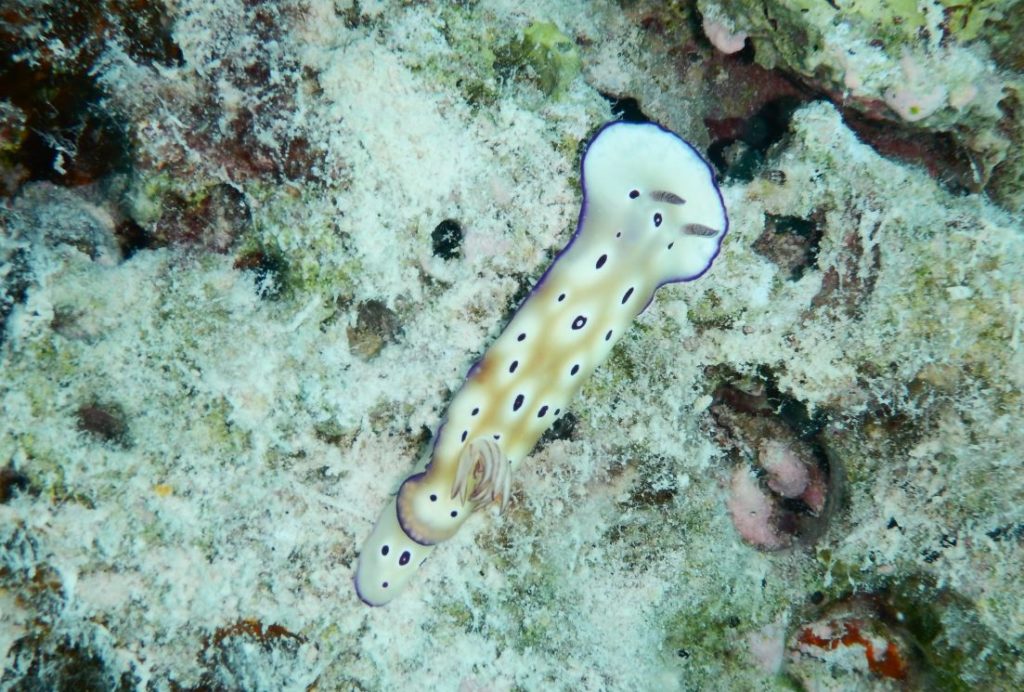
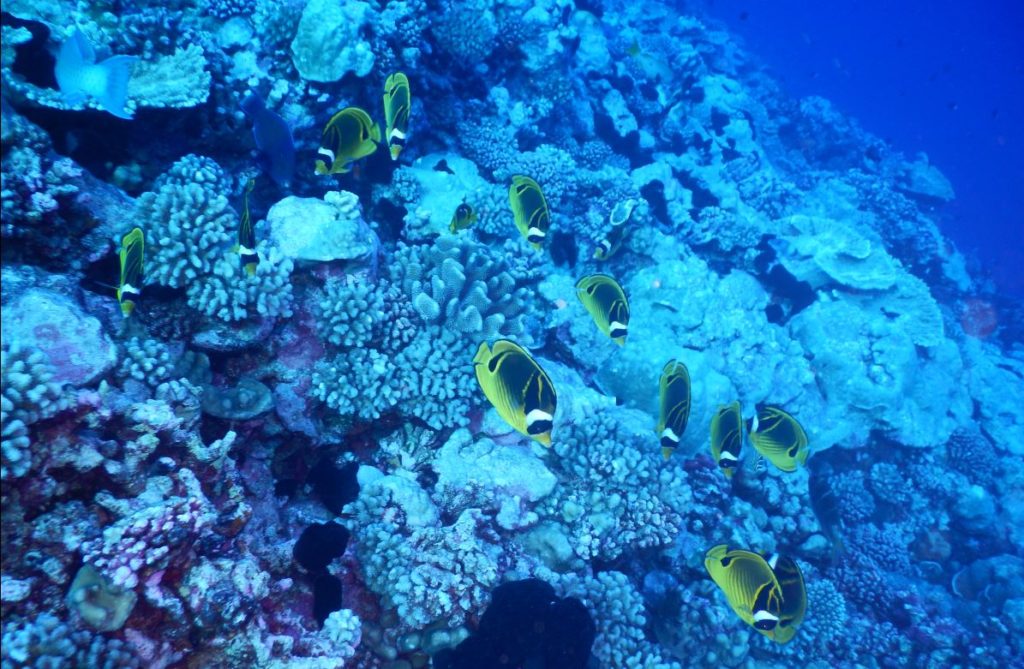
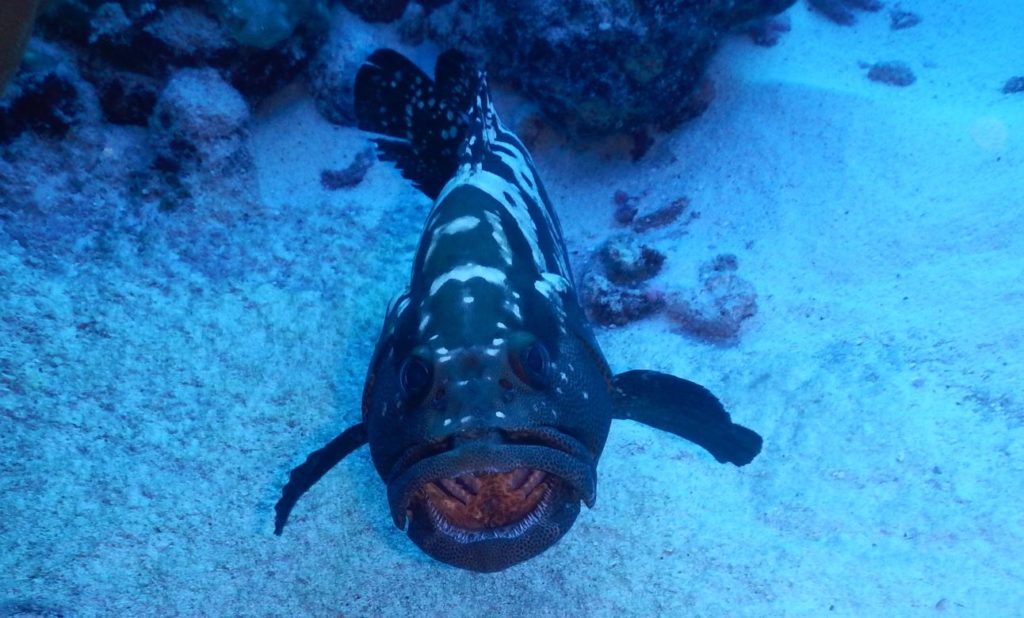
1 comment
Thank you very much.
Must’ve been very tense drifting backwards.
Beautiful pictures.
The Lord has been with you!
(I am Erika Buchan-Smith’s father)